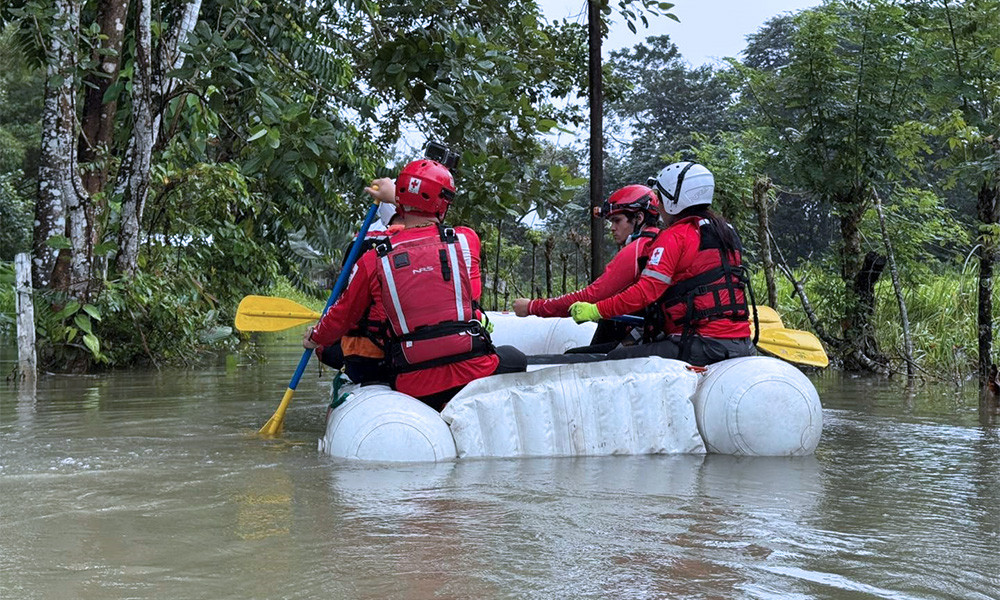Travel
Costa Rica’s Unrelenting Rains Bring Travel Concerns

Costa Rica is grappling with a national emergency as relentless heavy rains show no signs of abating. Forecasts predict an increase in rainfall in the coming days, exacerbating already critical conditions. The National Meteorological Institute (IMN) is closely monitoring Tropical Wave No. 46, which has a high chance of developing into a tropical cyclone over the Caribbean Sea in the next few days.
This system is expected to intensify rains and worsen weather conditions across the country. According to the National Hurricane Center, the tropical wave is moving over the Caribbean Sea, generating intense rain and thunderstorms. Meanwhile, the Intertropical Convergence Zone continues to increase moisture levels across various regions, contributing to persistent rains affecting the national territory.
Recent data from the IMN indicate that accumulated rainfall between 5 mm and 15 mm was recorded in the Pacific and Central Valley regions, with Parrita registering a significant 36 mm in recent hours. The National Emergency Commission (CNE) reported earlier today that 1,365 people remain in 31 shelters across Costa Rica. Since the heavy rains began, four people are still missing. “Over the last 24 hours, 99 flood incidents were reported, with the most affected areas being Garabito, Puntarenas, and Corredores,” said CNE President Alejandro Picado.
Costa Rica remains on an orange alert status, except for the South Caribbean region, which is on yellow alert, according to the CNE. Rising river levels and widespread flooding continue to threaten populated areas in different regions of the country. The Red Cross has urged the public to exercise caution, advising people to avoid bodies of water such as rivers, lakes, and the sea, and to refrain from driving on flooded roads. They also recommend closely supervising children during this period.
Experts predict that rainfall will continue with varying intensity throughout the country. The IMN and emergency authorities note that soil saturation has reached between 85% and 100% in various parts of Costa Rica, urging the public to follow emergency guidelines and call 911 if immediate assistance is needed.








